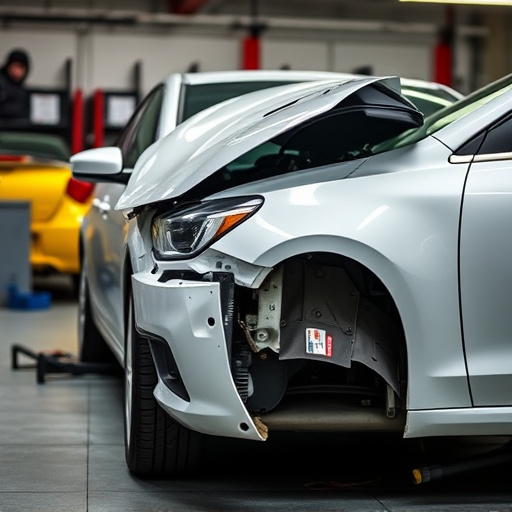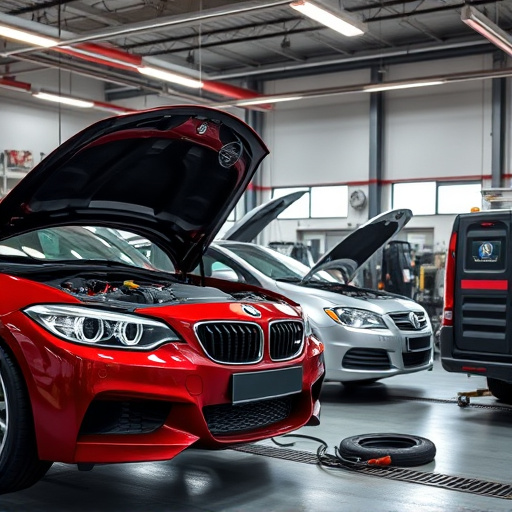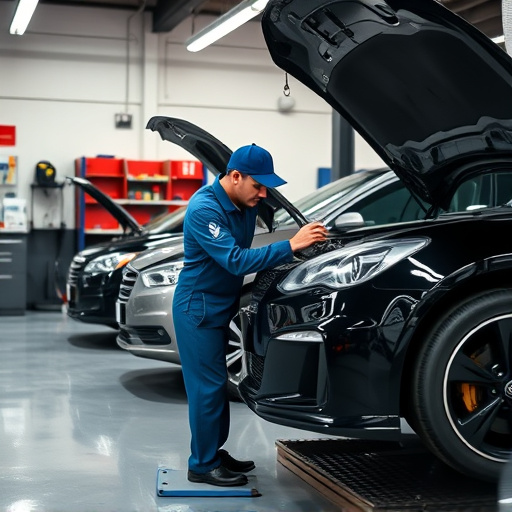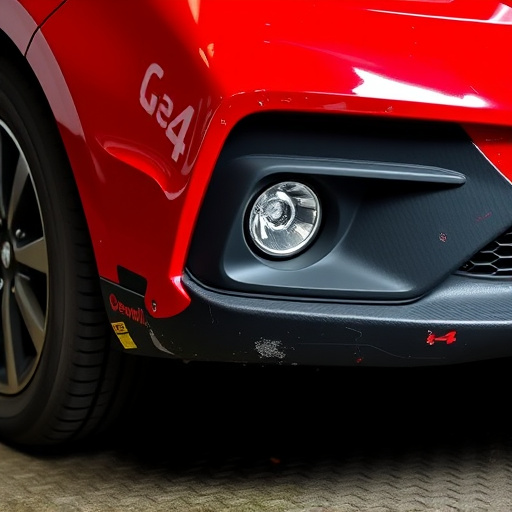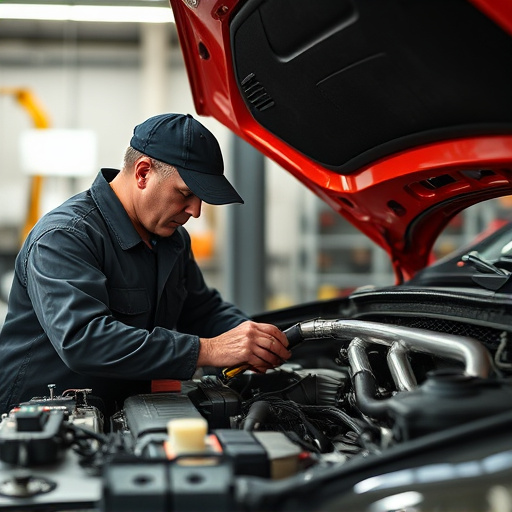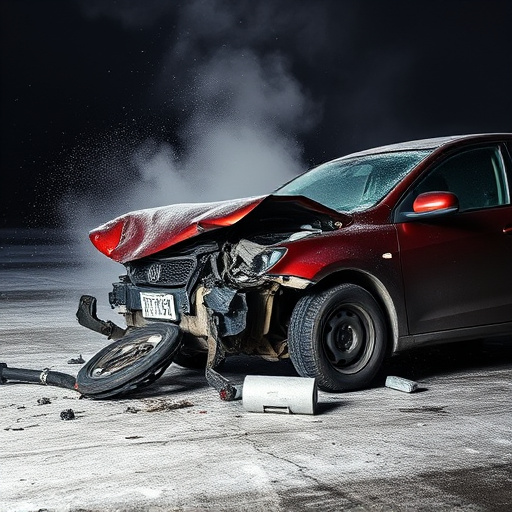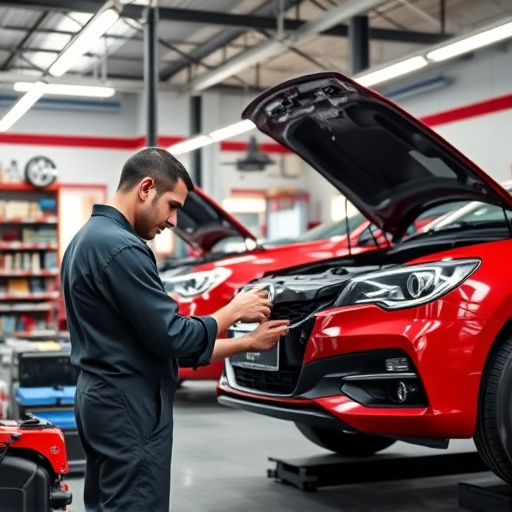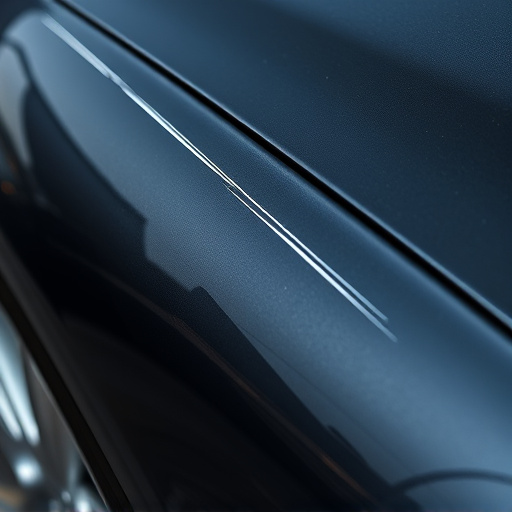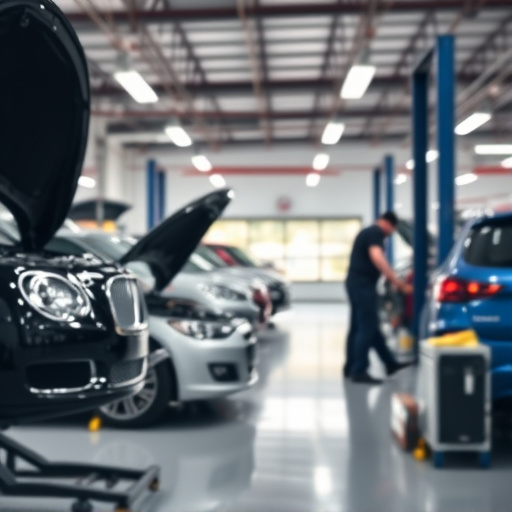Vehicle repairs, regardless of scale, can lead to "diminished value after repair," reflecting a decrease in a car's market worth post-restoration. Key factors include damage severity, parts used, and transparent communication from auto shops. Vehicle history reports are crucial for assessing diminished value, revealing past accidents, services, and structural damage. Transparency during repairs is essential to mitigate this loss. Keeping detailed records, prioritizing high-quality repairs, and regular maintenance can minimize visible repair scars and preserve vehicle worth, preventing overpayment for undisclosed damages.
In the intricate world of automotive pricing, understanding diminished value after repair is paramount for both car owners and dealers. This insightful article delves into the complex dynamics of how vehicle repairs impact resale value, exploring the concept of diminished value after repair. We dissect the role of comprehensive vehicle history reports in accurately assessing post-repair values and offer strategic insights to mitigate potential losses. By navigating these factors, car enthusiasts can make informed decisions, ensuring optimal returns when it comes to their cherished vehicles.
- Understanding Diminished Value After Repair
- The Role of Vehicle History Reports in Determining Value
- Strategies to Mitigate Diminished Value Post-Repair
Understanding Diminished Value After Repair

When a vehicle undergoes repairs, whether it’s for major damages or routine maintenance, it can experience what’s known as “diminished value after repair.” This term refers to the decrease in a car’s overall market value following its restoration. It’s important to understand that this isn’t about the quality of the repair itself; rather, it’s a result of the perceived risk potential buyers might have regarding the vehicle’s history and performance post-repair.
Many factors contribute to diminished value after repair, including the extent of the initial damage, the parts used during the repair process (generic vs. original equipment manufacturer [OEM]), and how well the auto repair shop documented and communicated the repairs. For instance, a car that has had extensive bodywork services or tire services might experience more significant diminished value compared to one with relatively minor repairs. Ensuring transparent communication from your auto repair shop about the work done can help mitigate these potential losses.
The Role of Vehicle History Reports in Determining Value
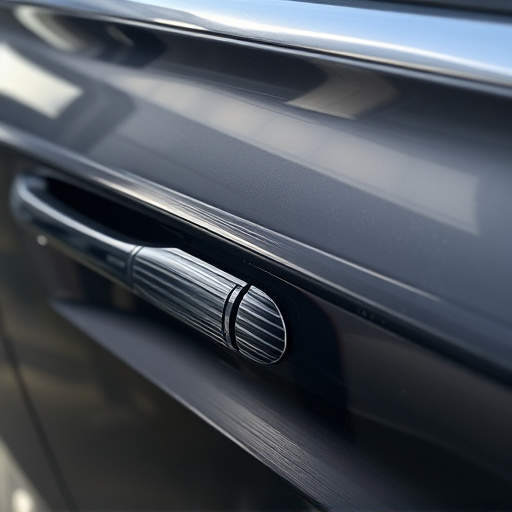
Vehicle history reports play a pivotal role in assessing diminished value after repairs, offering a comprehensive snapshot of a car’s past. These detailed records provide insights into previous accidents, major services, and any structural damage, all of which impact a vehicle’s resale value. For instance, a Mercedes-Benz collision repair might result in hidden scars that affect its overall condition, while a thorough report could reveal these issues early on, allowing potential buyers to make informed decisions.
By examining the history, from routine car paint repairs to more complex dent repairs, investors and owners can anticipate and account for potential value loss. This transparency is invaluable, especially when trying to mitigate the impact of diminished value after repairs. Accurate vehicle history reports enable buyers to negotiate prices fairly, ensuring they’re not paying a premium for unseen or undisclosed damage.
Strategies to Mitigate Diminished Value Post-Repair
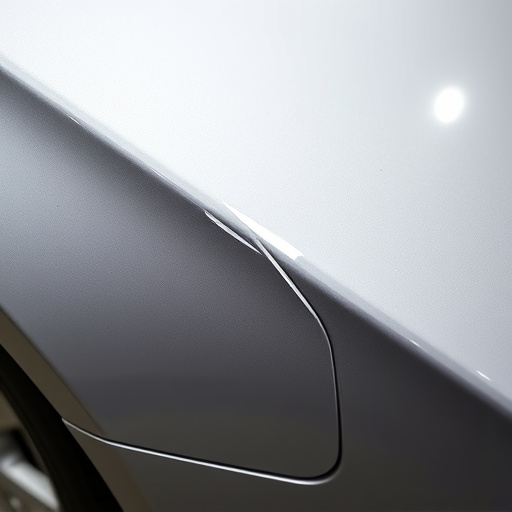
After a repair, it’s common for vehicles to experience diminished value, especially if the history includes significant or visible damage. However, there are several strategies to mitigate this effect. One approach is thorough documentation – keeping detailed records of all repairs, including before-and-after photos and estimates. This not only helps in justifying the repair’s necessity but also serves as a comprehensive vehicle history report.
Additionally, prioritizing high-quality repairs can make a significant difference. For instance, opting for luxury vehicle repair specialists for intricate tasks like dent repair ensures precision and minimal scarring, preserving the car’s aesthetic value. Regular maintenance, including timely panel replacements and touch-ups, can also prevent future damage and maintain the vehicle’s overall worth.
After repairs, a vehicle’s diminished value can be mitigated through strategic approaches. Understanding the impact of repairs on resale value and leveraging vehicle history reports are key. By staying informed about potential devaluations, car owners can make more confident decisions regarding maintenance and sales, ensuring they receive fair market value for their vehicles.
